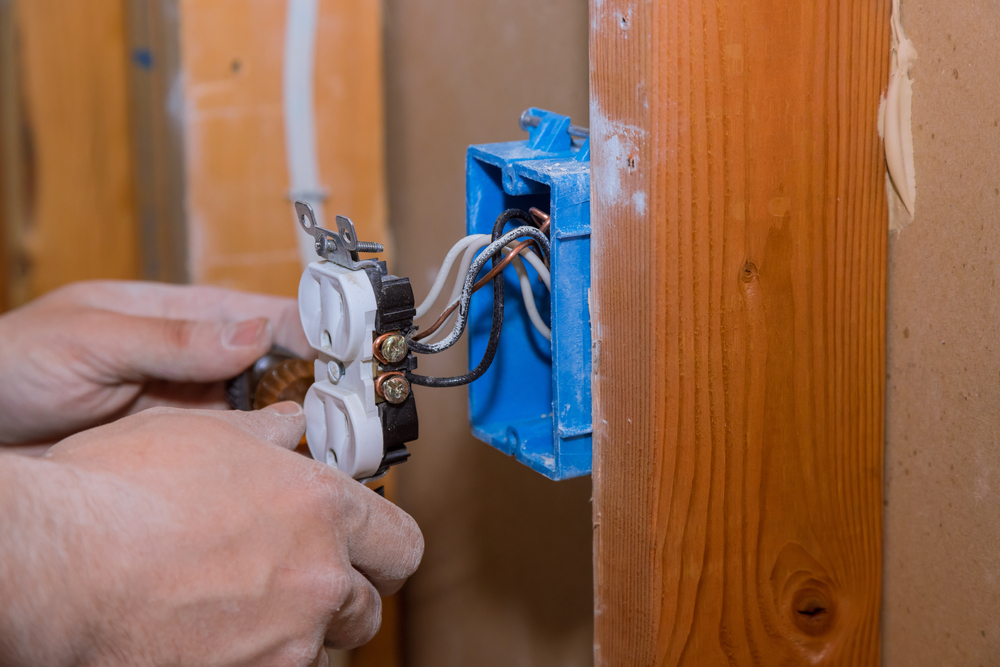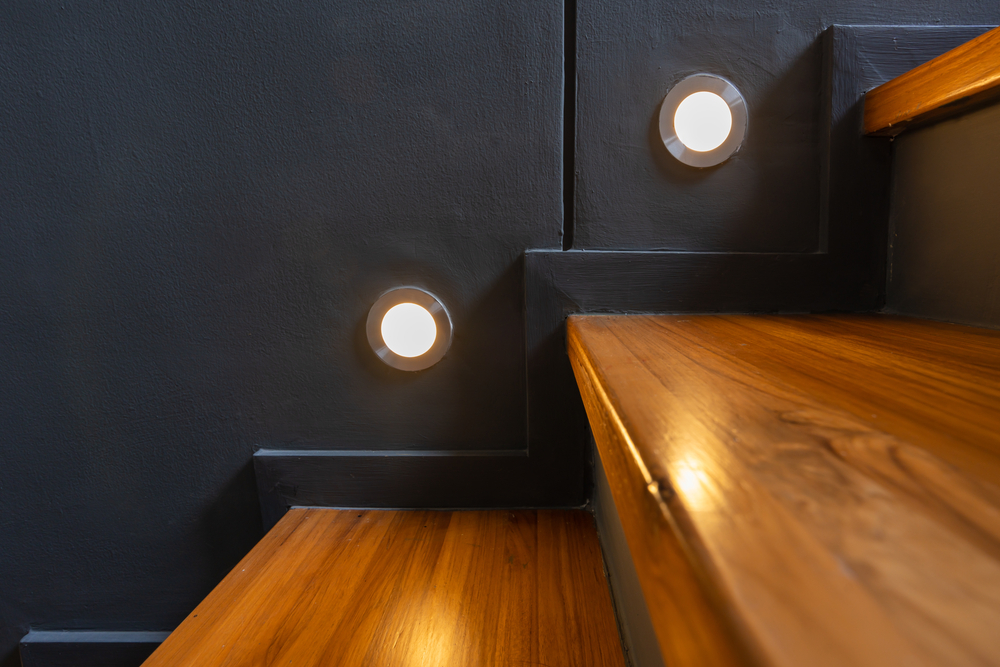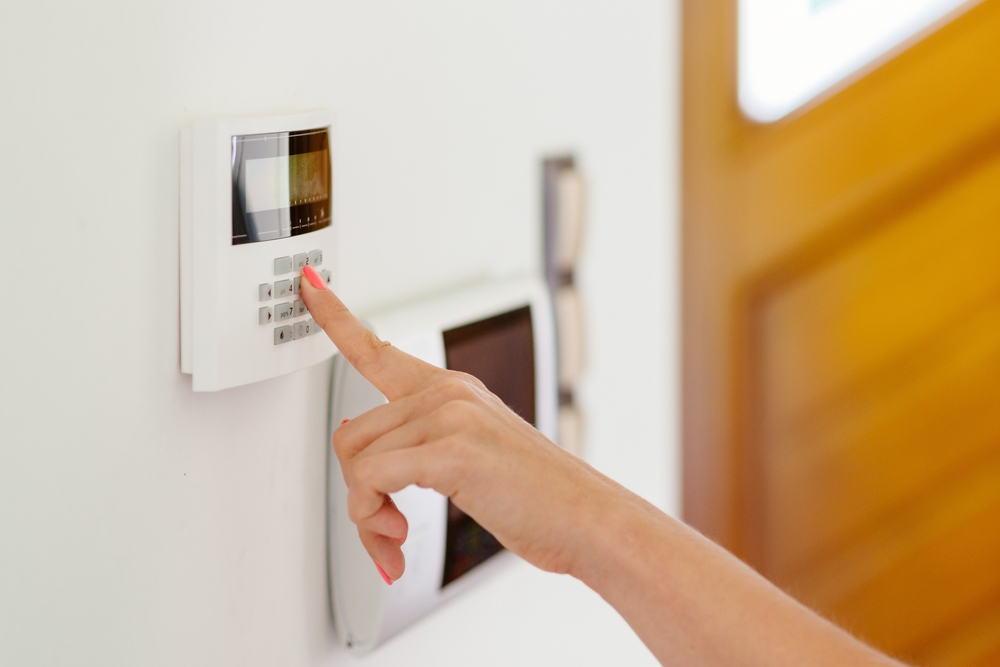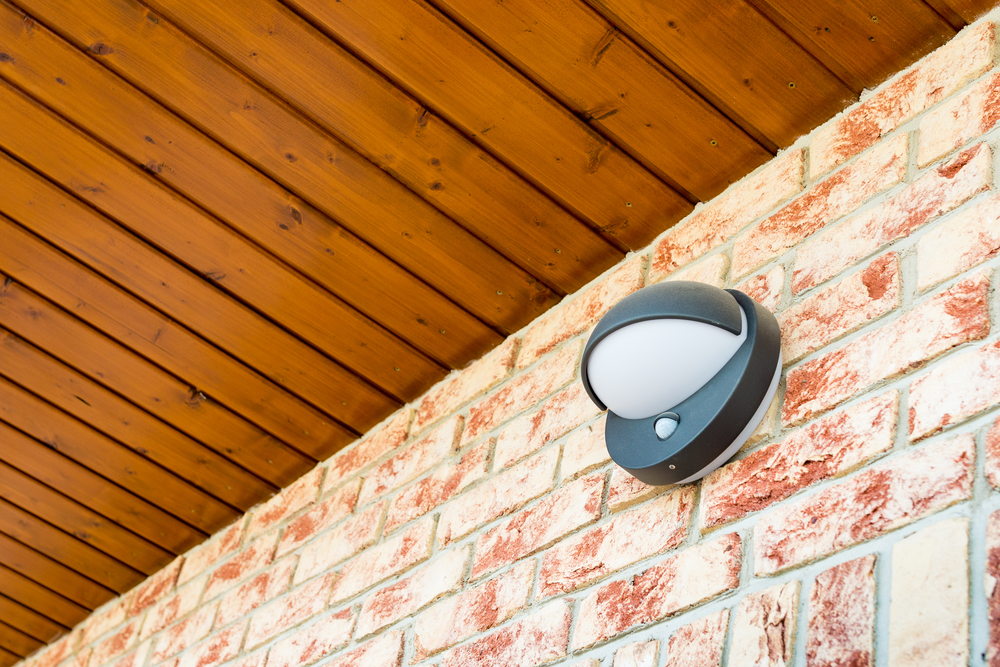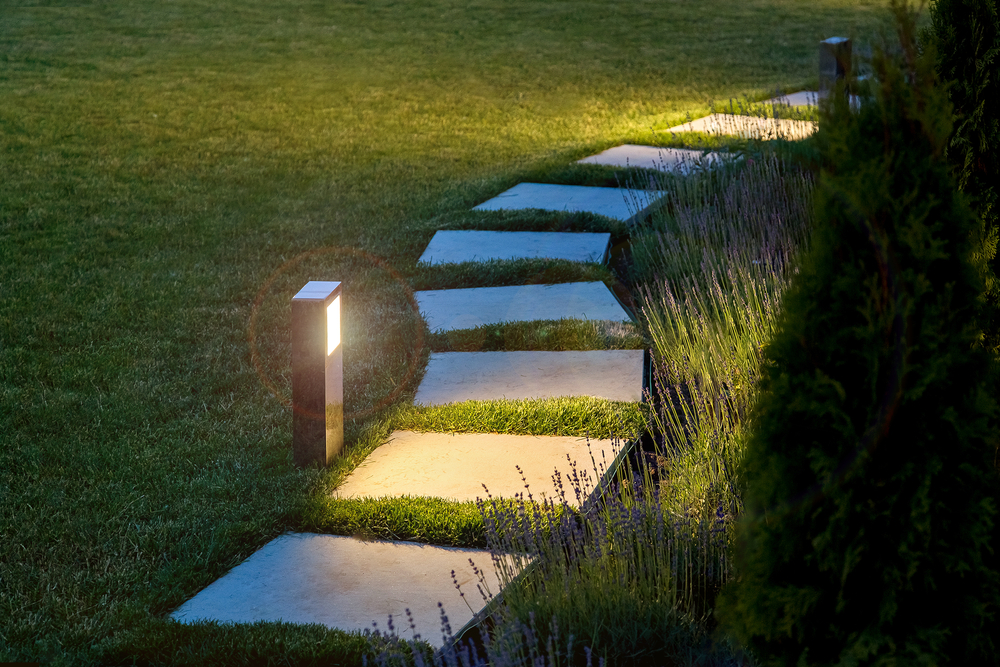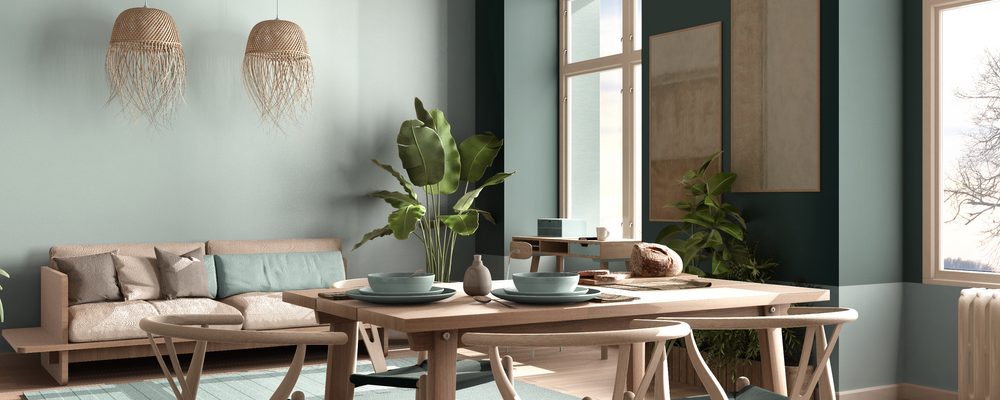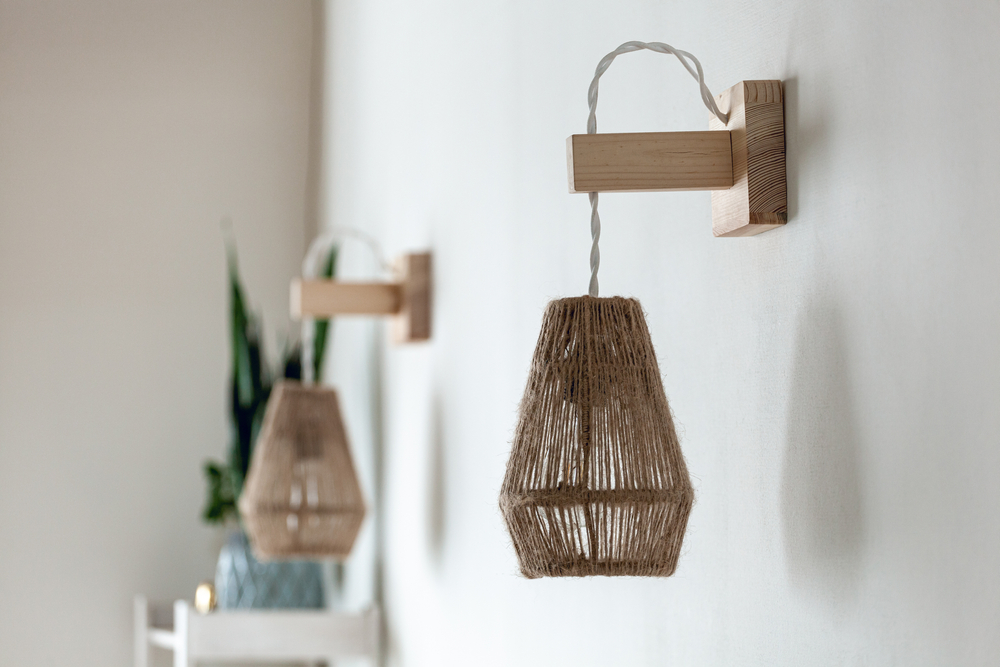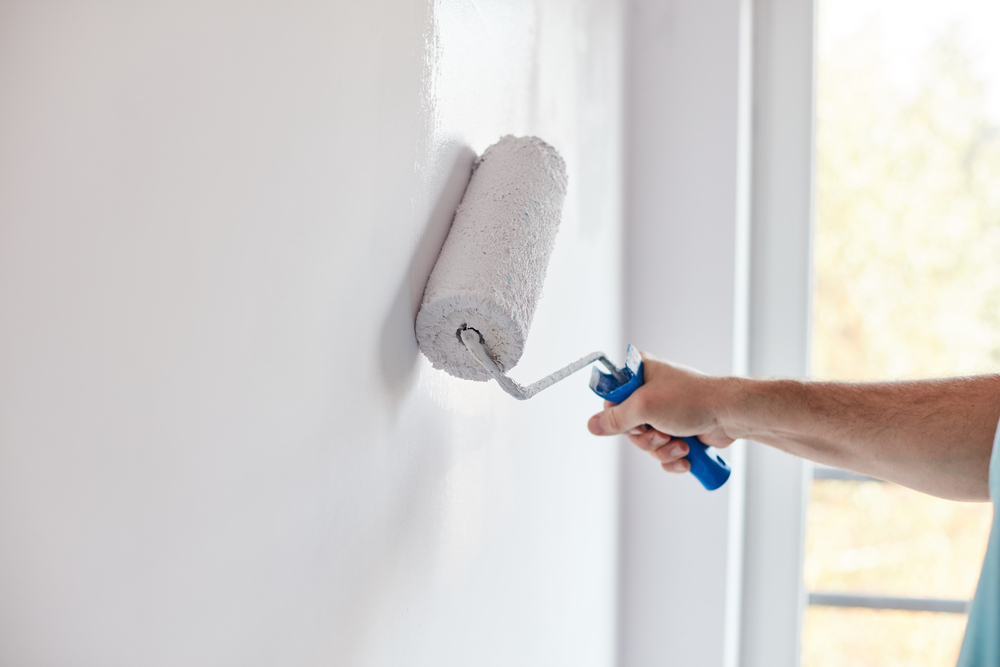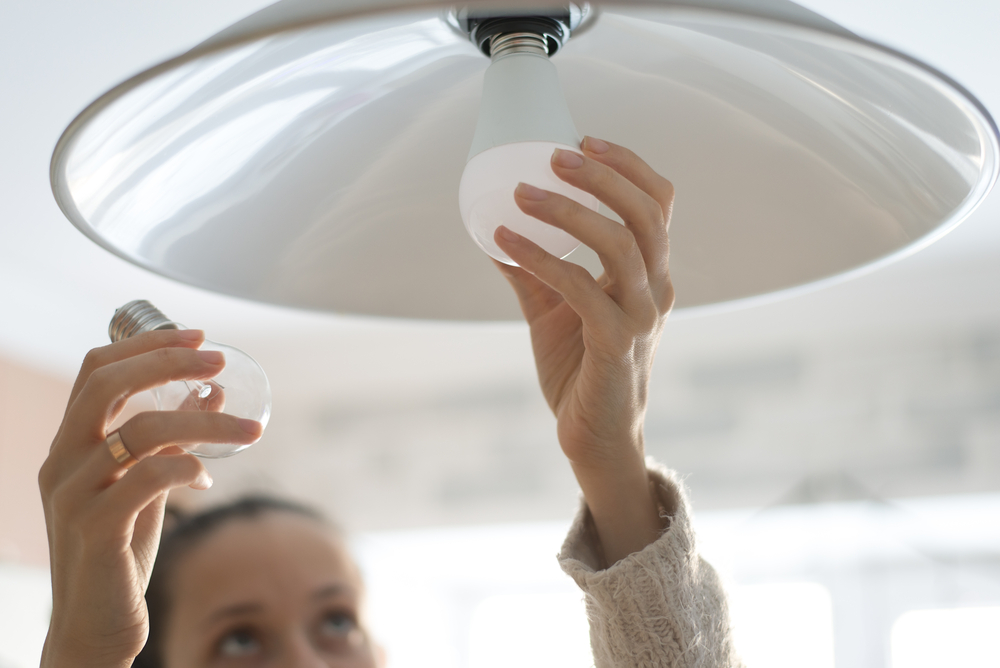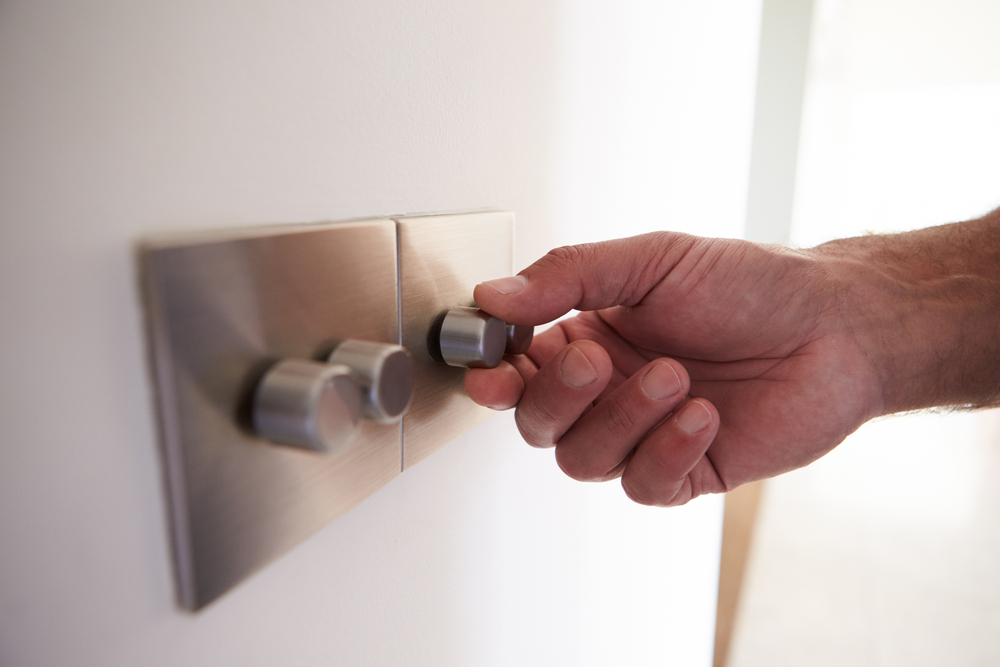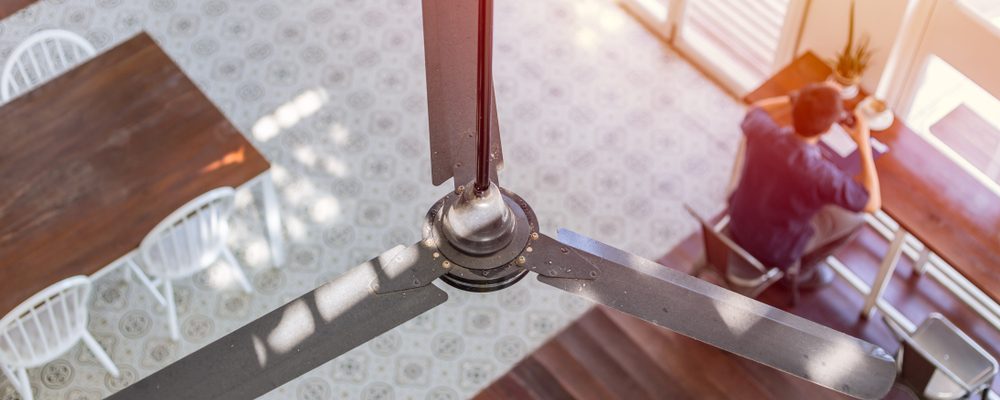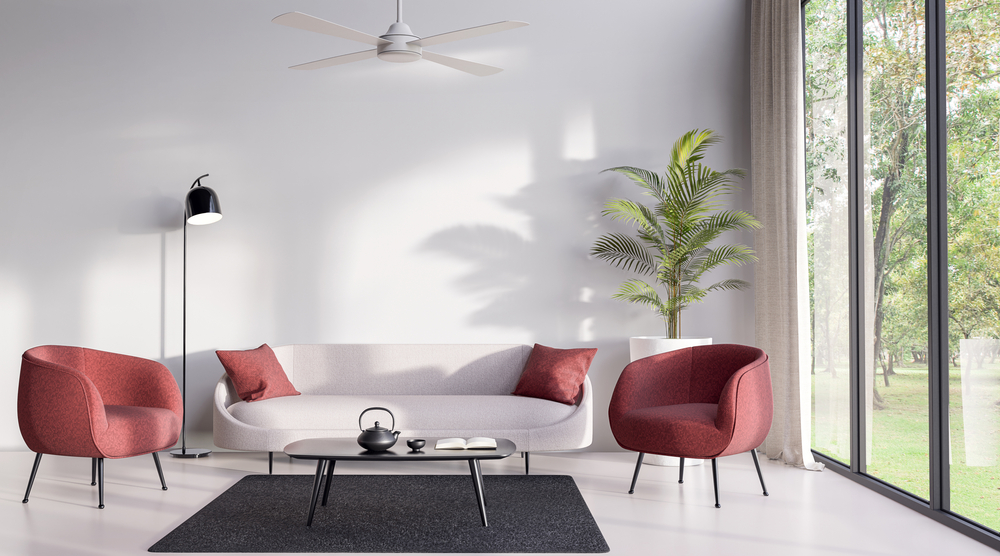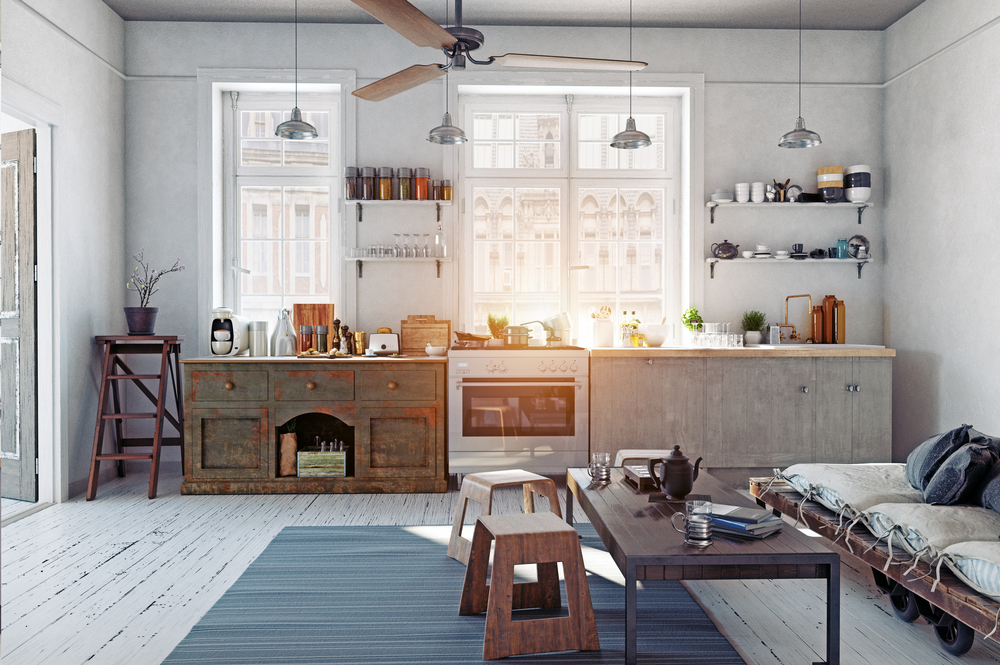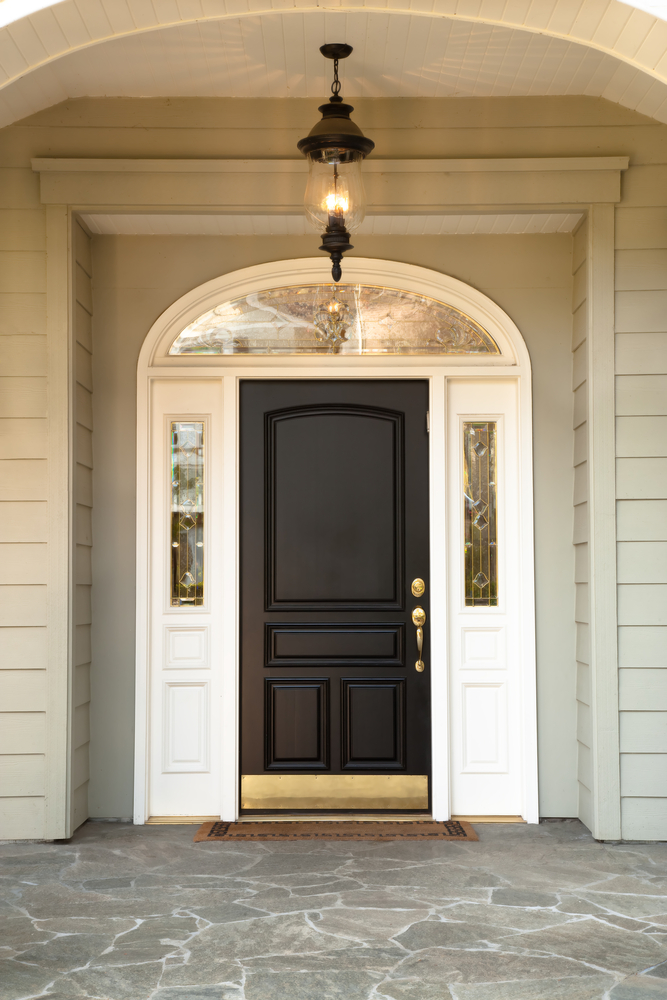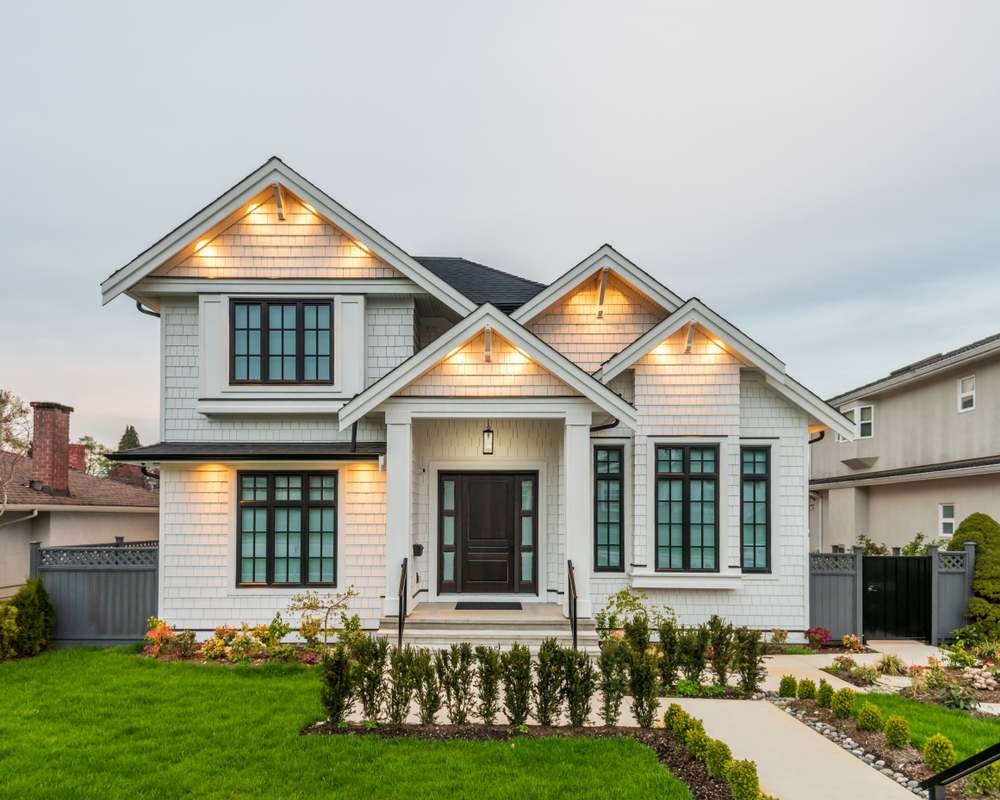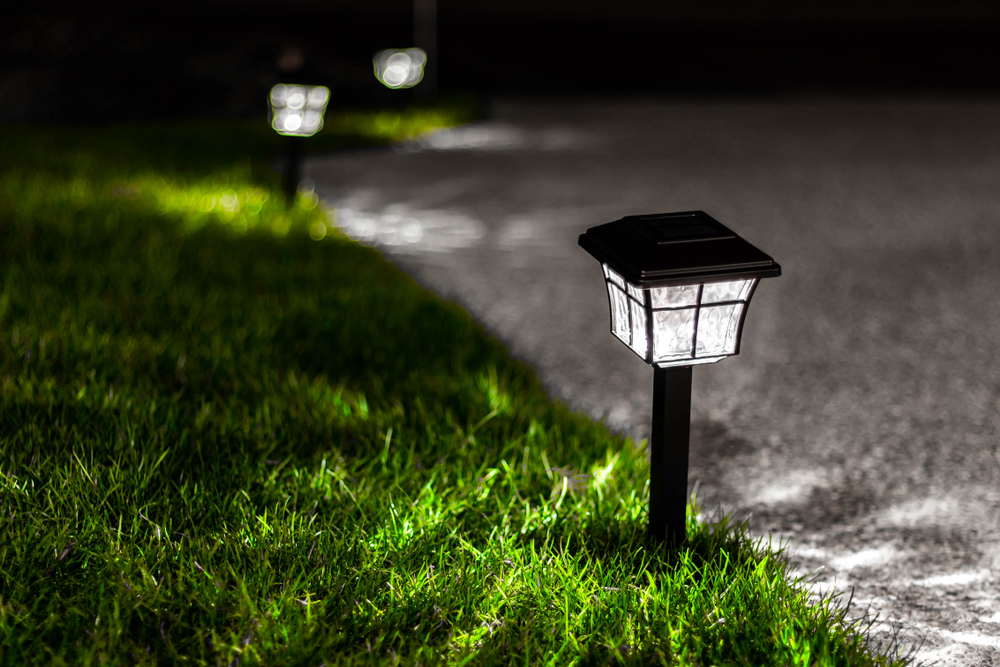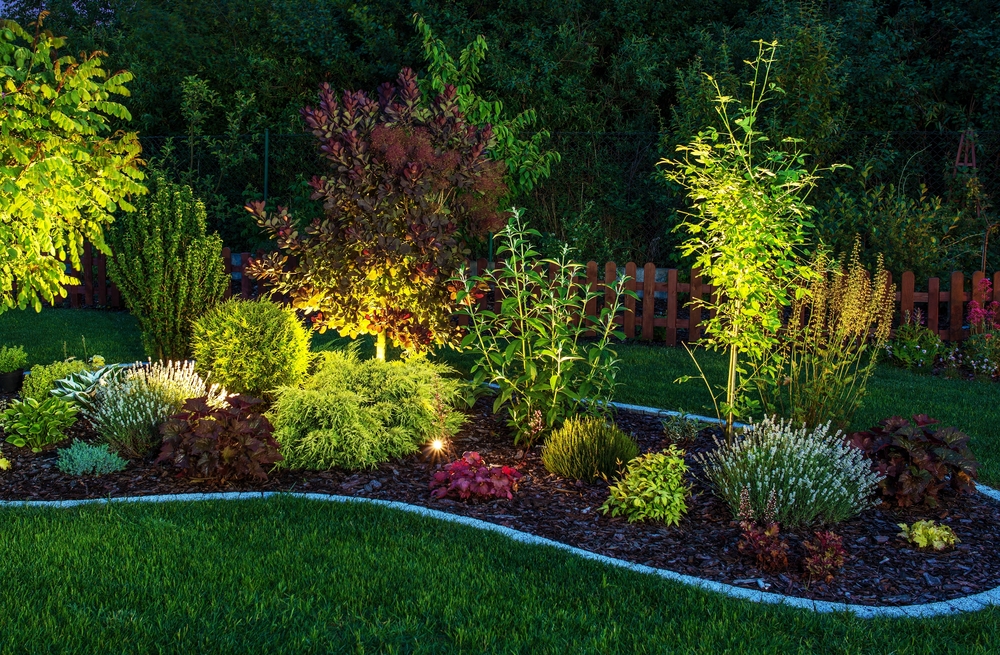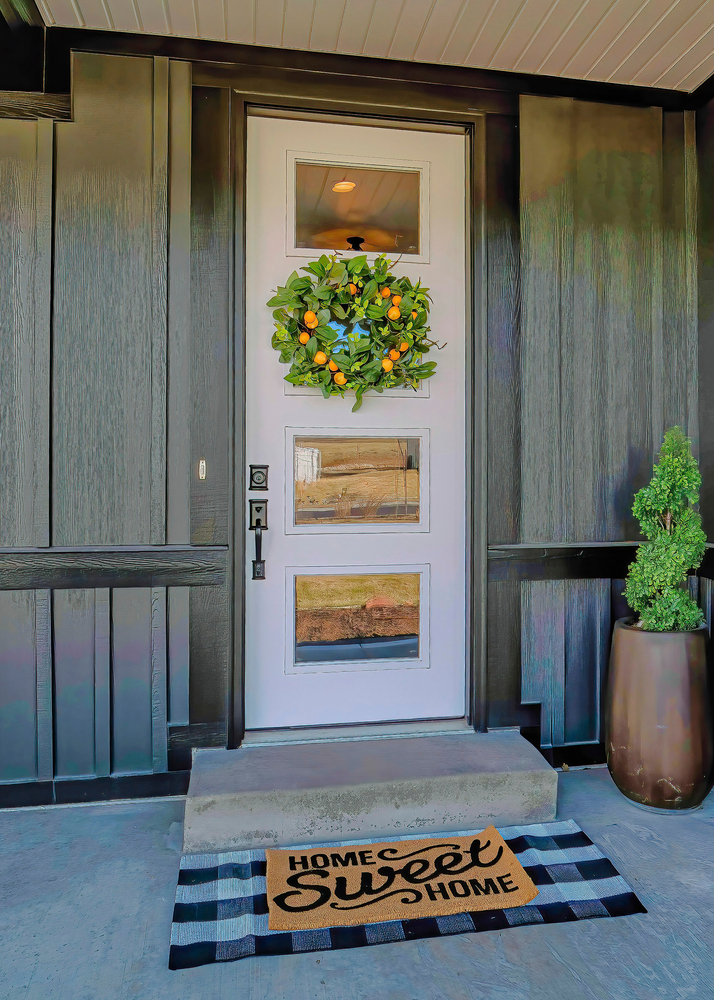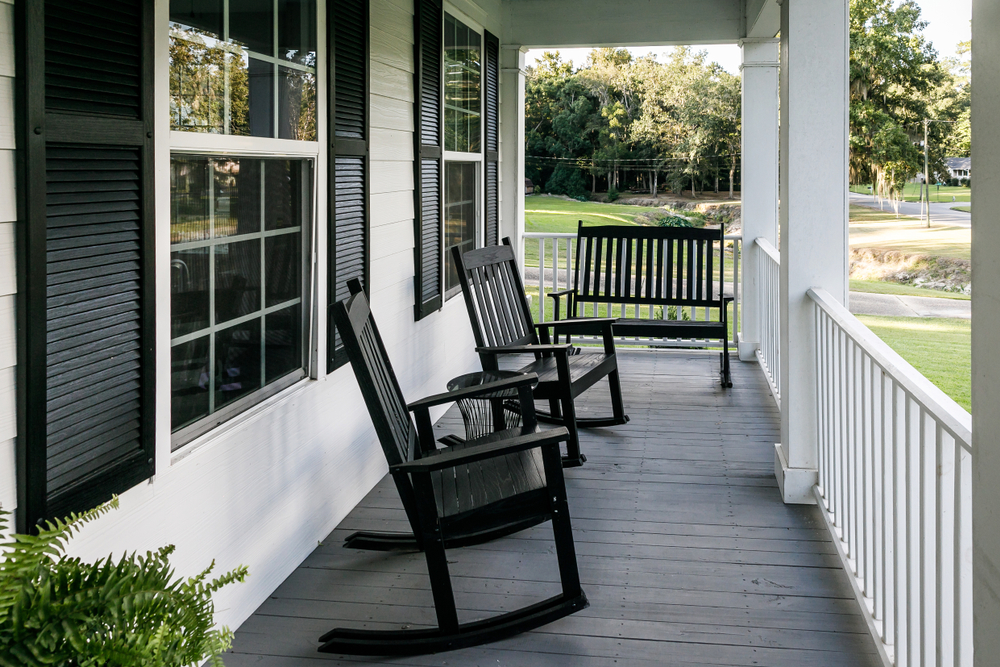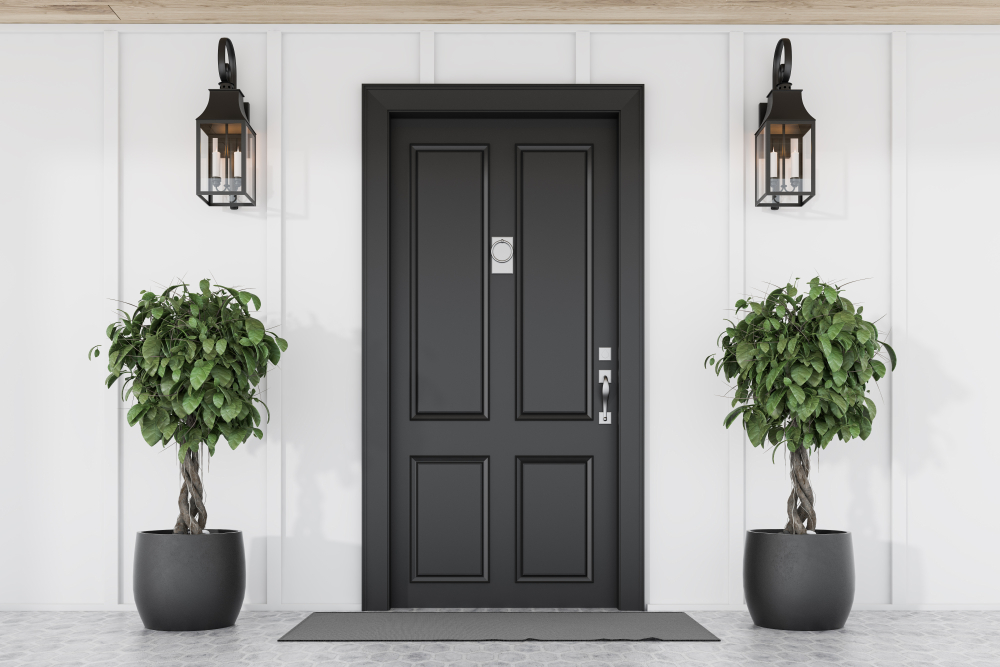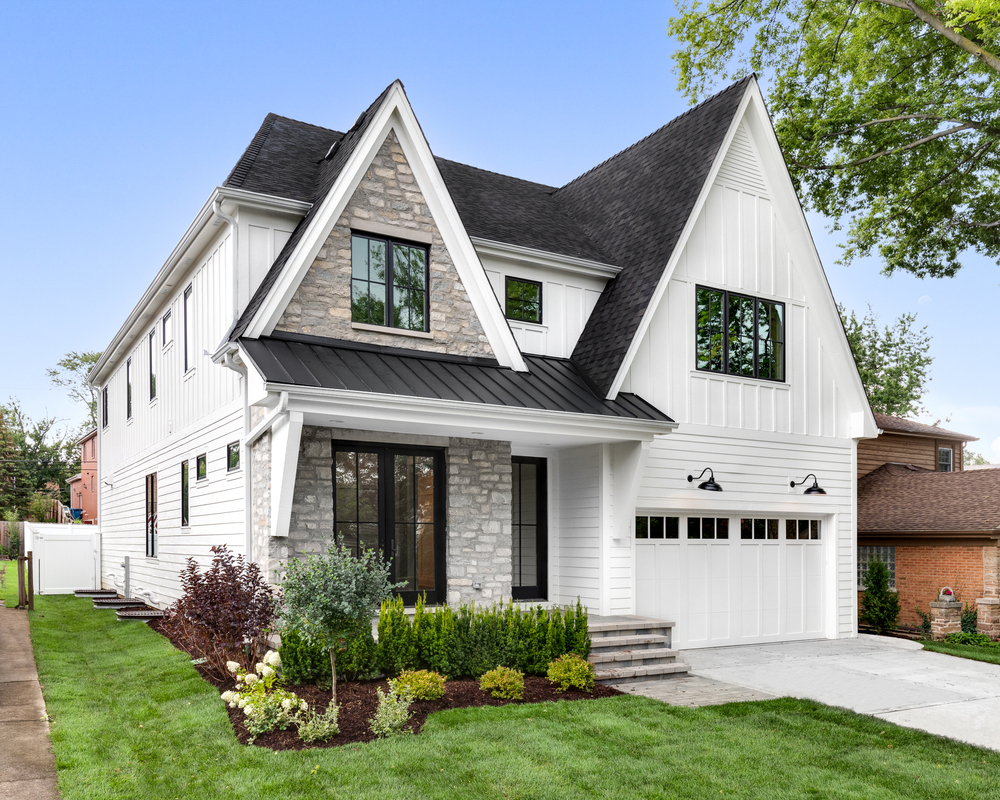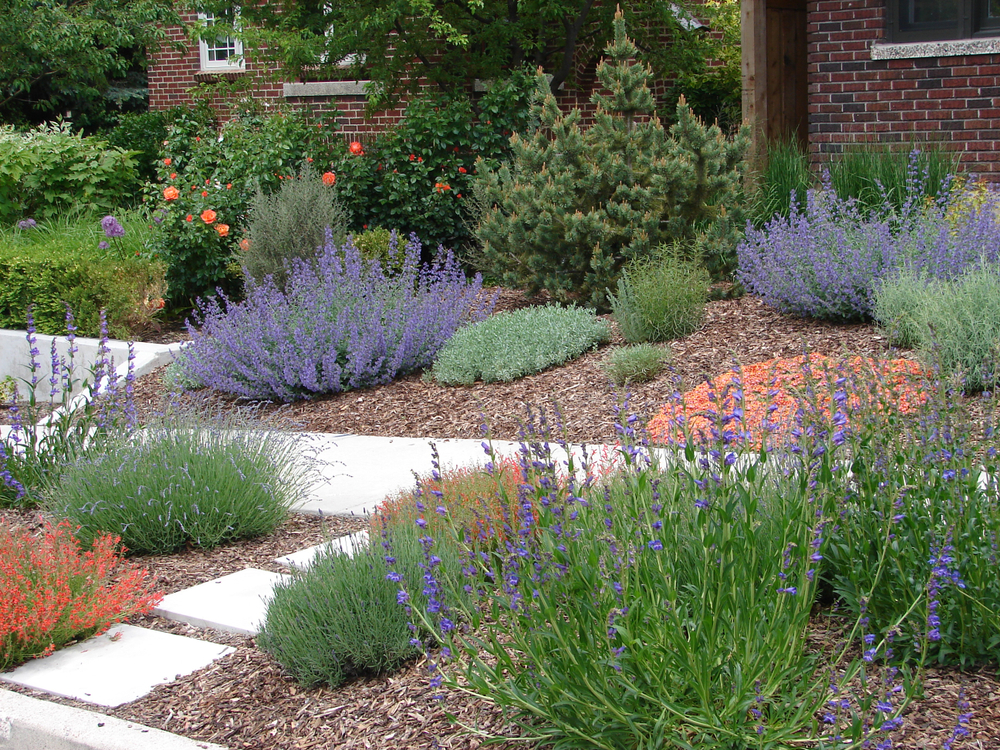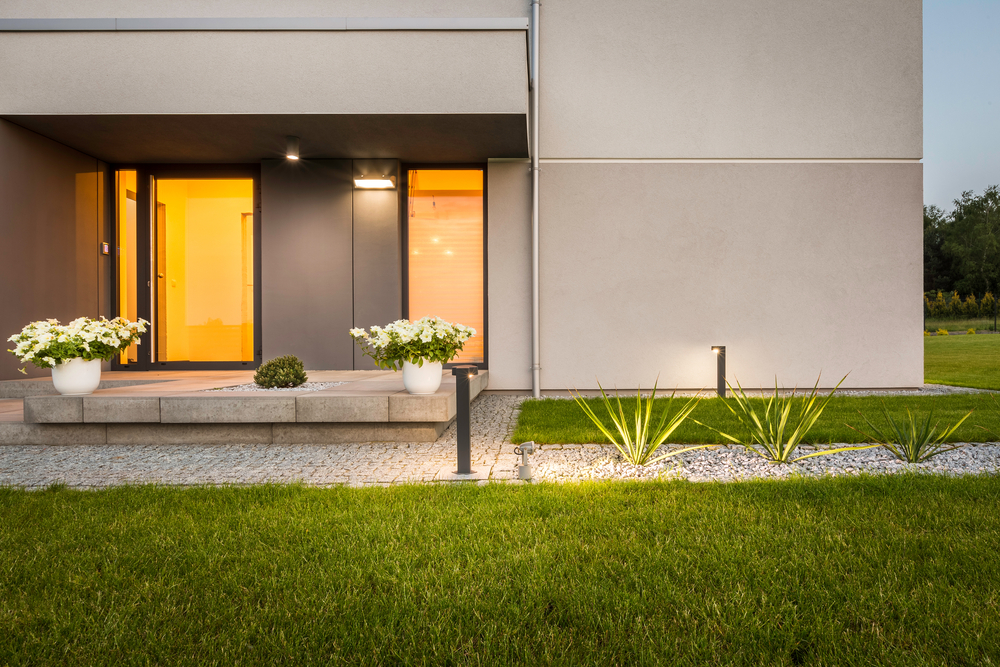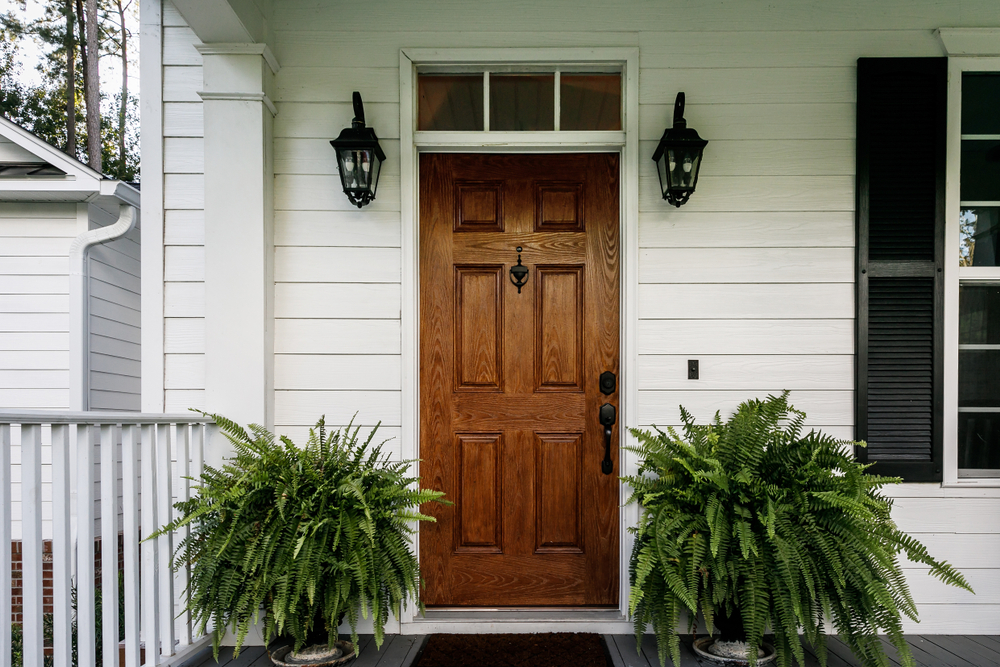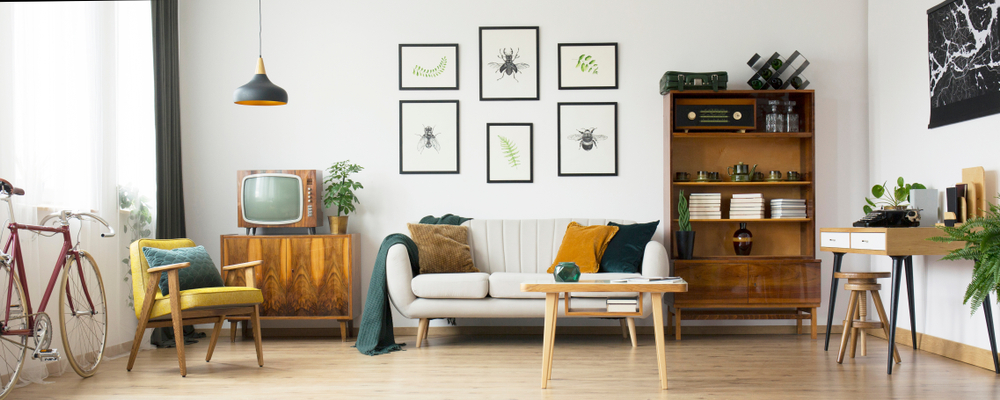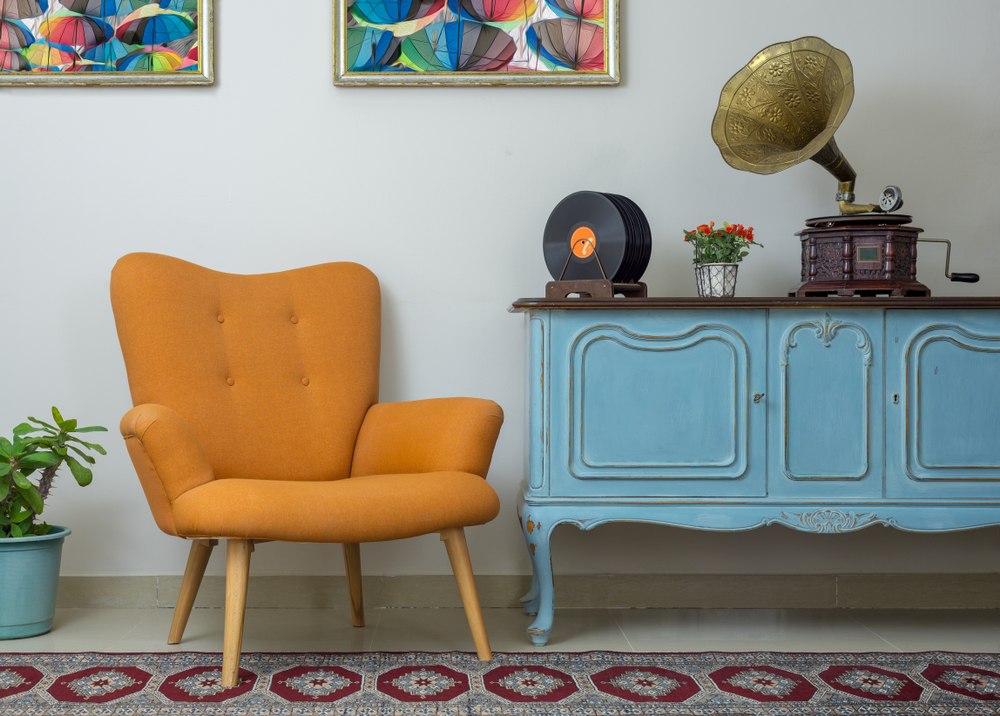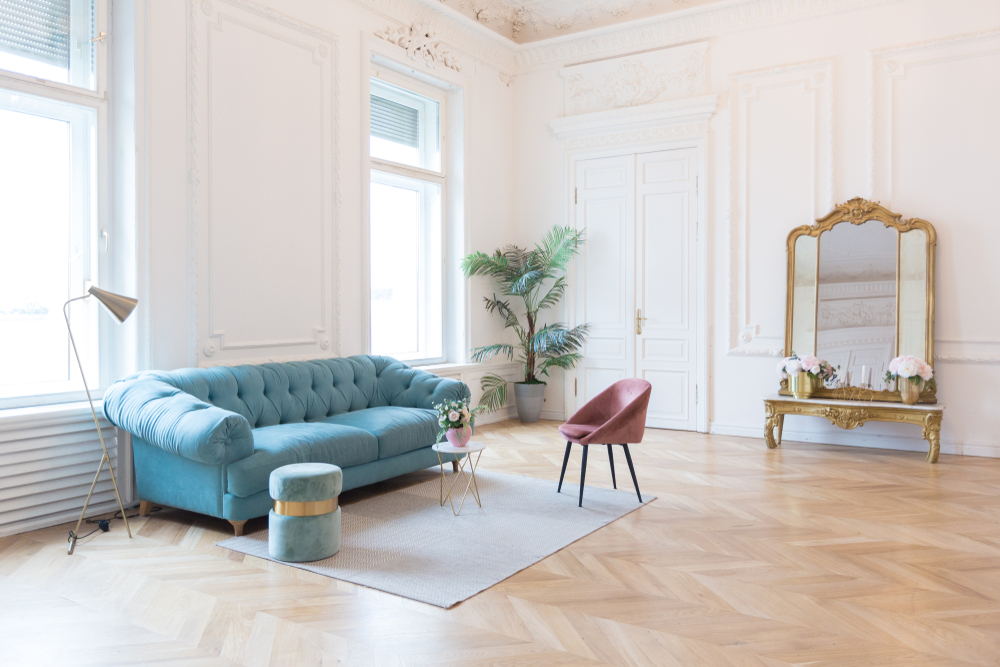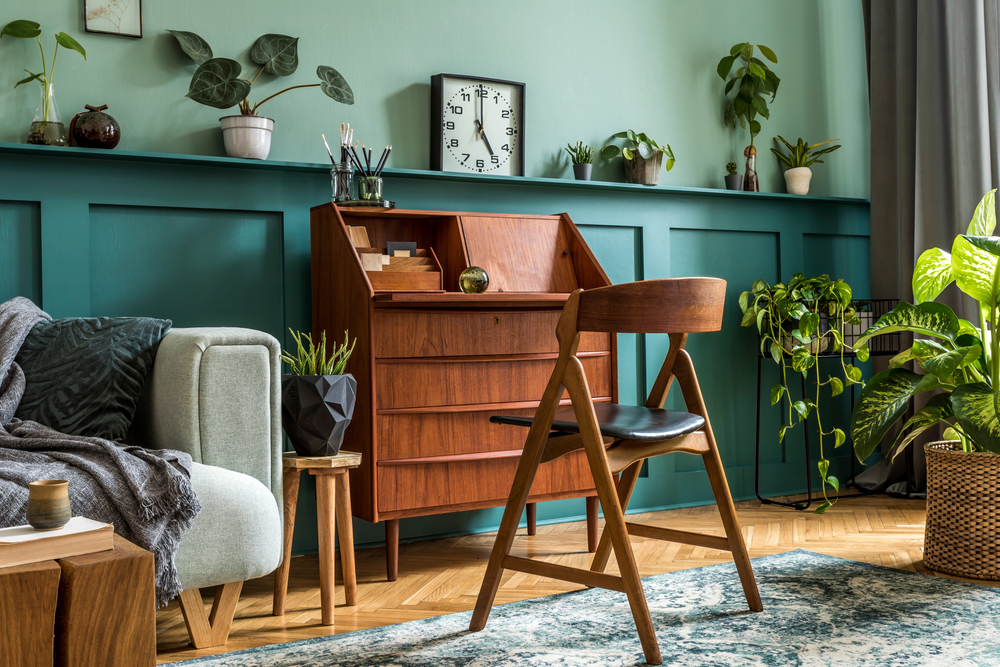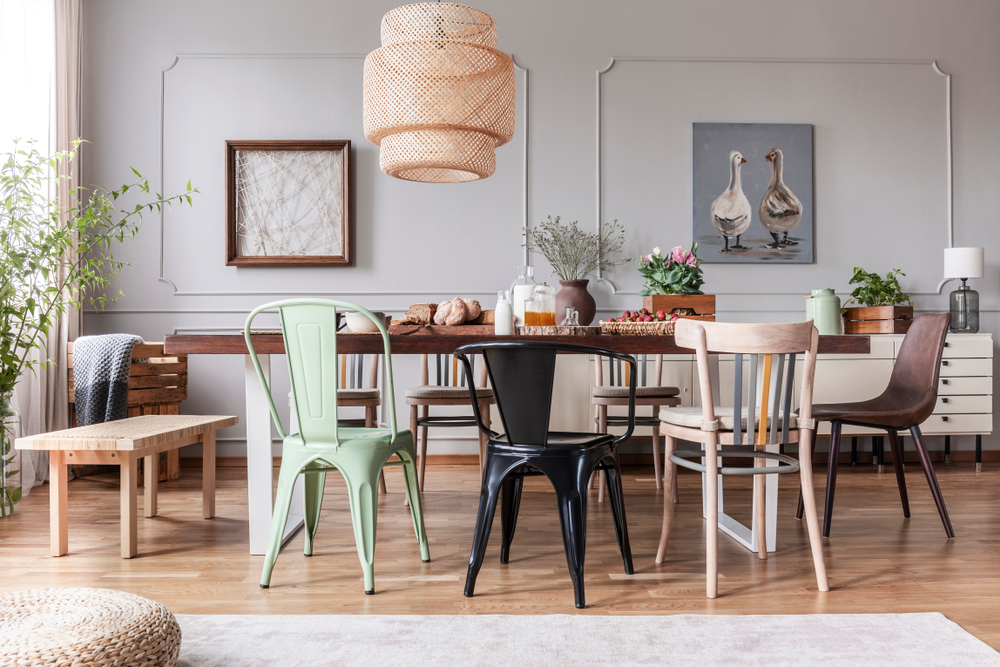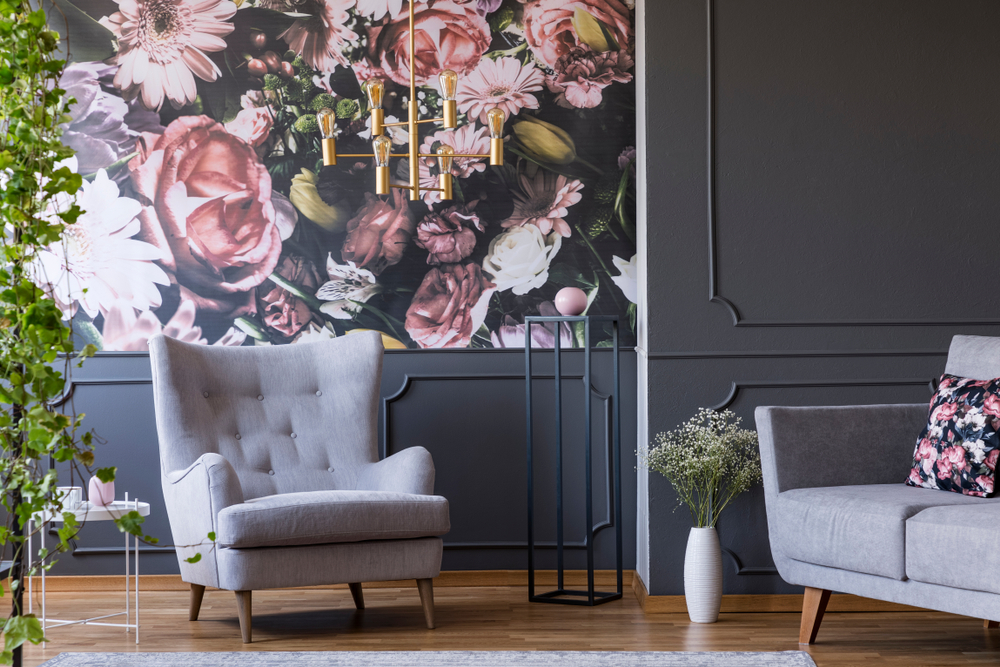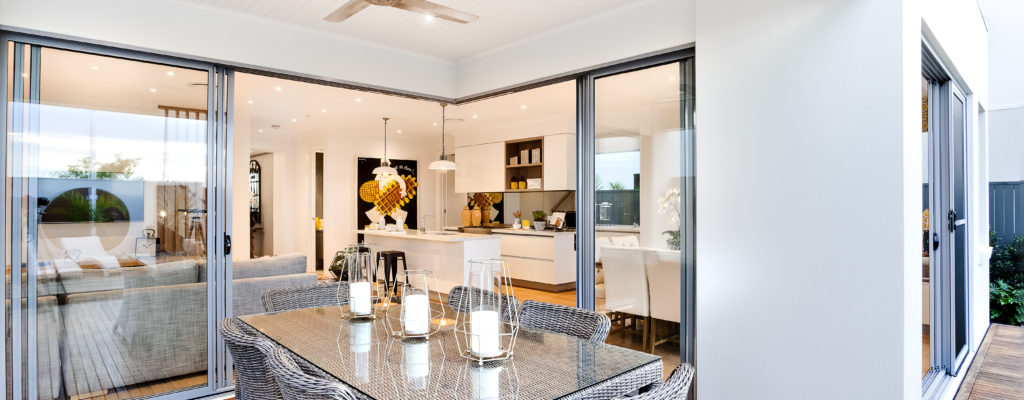More people are working from home than ever before! Because of this, having a dedicated home office space has moved to the top of the home improvements list for many homeowners seeking refuge from daily noises and distractions at home. (Who can focus in a kitchen with a 2-year-old belting “Let it Go” at the top of their lungs?)
Global Workplace Analysis estimated that “we will see 25-30% of the workplace working at home on a multiple-days-a-week basis.” If you’re included in this work-from-home exodus, then you understand what a difference having an office that’s both functional and comfortable can make for your workday.
Fixing up your office doesn’t have to be a massive undertaking – making just one small change can significantly impact the way your home office feels. We put together a list of 5 tips that will make a huge difference in the look and feel of your home office.
Just remember, you don’t need to do all the things (unless you want to!) – any one of these projects on their own will still make a noticeable difference!
1. Refresh with Paint
One of the easiest and most cost-effective ways of changing the mood of any room is painting. Whether you go for light and airy, bright and colorful, or moody, sometimes all you need is a color refresh to get back that inspiration.
A fresh coat of paint can completely change the mood of your home office. Check these out for some inspo on your office update!
Light and Airy

This pretty peach wall and breezy curtains create a peaceful haven where you can get the job done.
Bright and Colorful
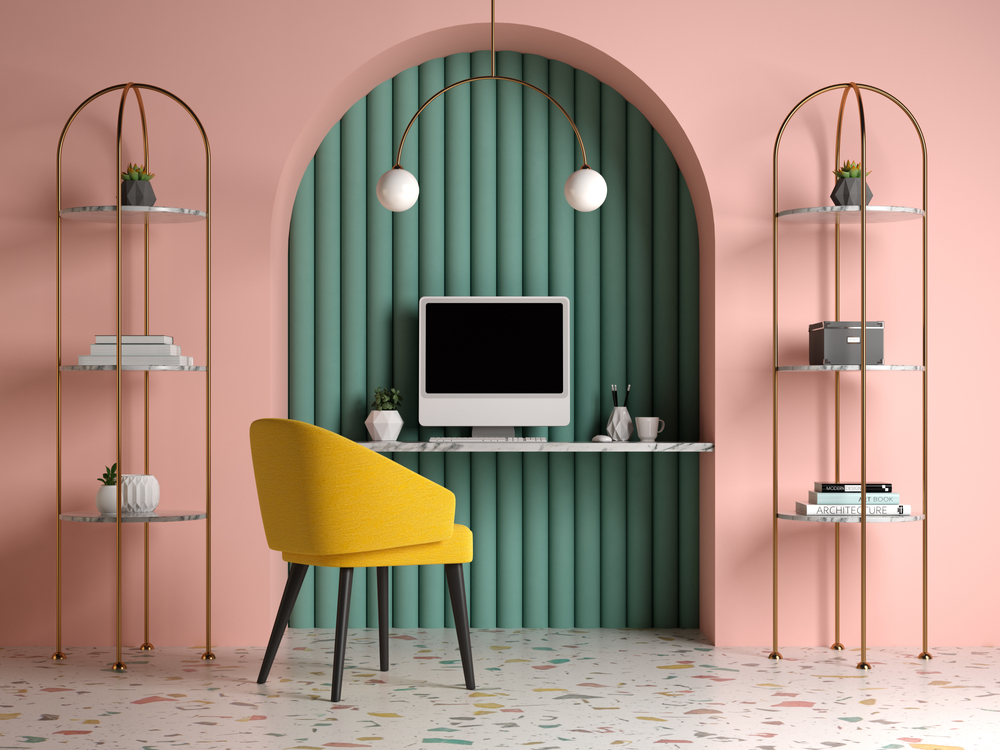
These terrazzo-inspired colors bring life into this space and complement the floor perfectly. Talk about inspiration for your work!
Moody
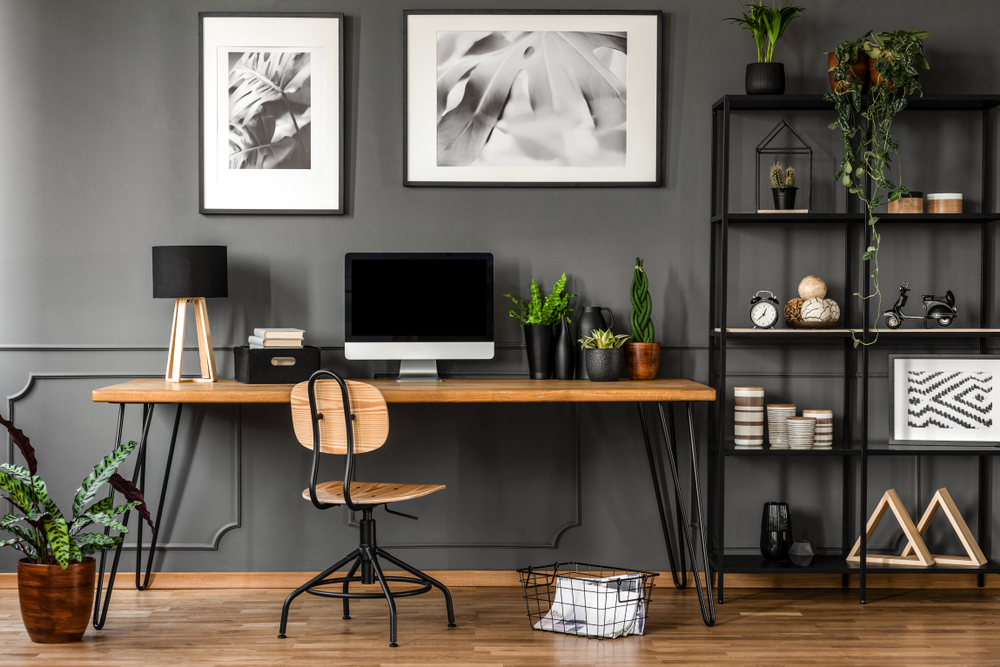
The dark grey walls of this office create a moody ambiance where work can take first priority.
2. Add Lighting
One of the most important elements in a home office is its lighting. Harsh fluorescents are headache-inducing and feel more like a hospital than a haven of inspiration and productivity. Dim lighting is perfect for taking a snooze, but may not be effective when tasks are begging to be completed.
Unfortunately, most people don’t have floor-to-ceiling windows. And even if you do, using a variety of lights is critical in creating an effective working environment without headaches or unintentional naps.
Overhead Lighting

A chandelier or pendant light will do the trick for indirect lighting that will give your office soft, all-over light.
Task Lighting
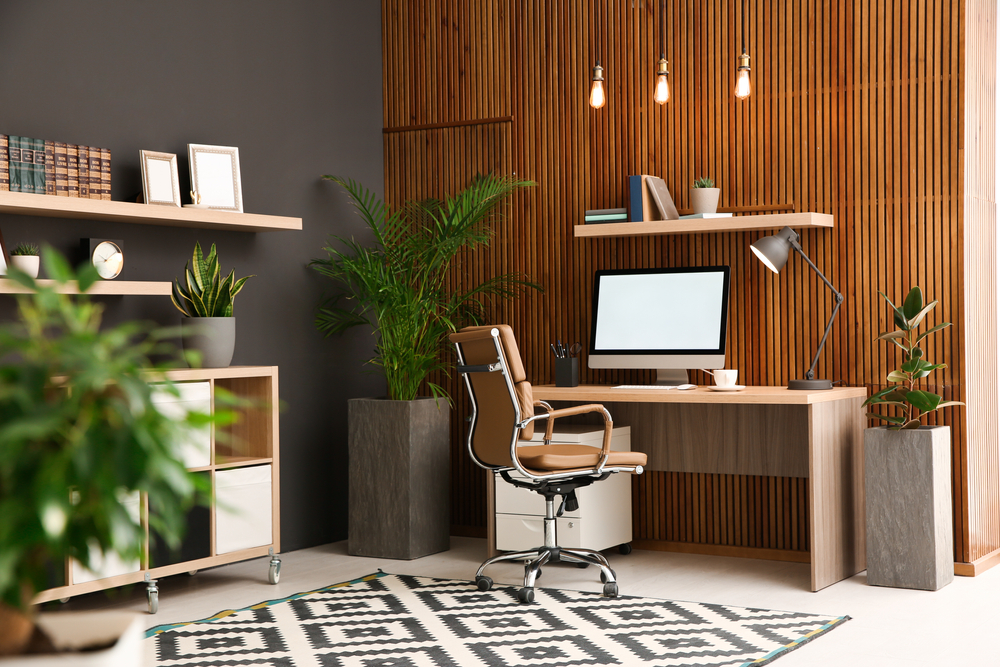
Functional task lighting is also important in a productive workspace. With the flip of a switch, there won’t be any more squinting to read the post-it-note reminder you scribbled for yourself in a rush earlier. A desk lamp, pendant lights, or wall lamps work perfectly when positioned above the desk.
Lamps

Now that you have overhead lights and task lighting, look around for places that need an extra boost of light! One idea is to create a nook with a cozy chair, then add a floor lamp. Otherwise, consider a side table and table lamp. Lamps with shades add ambient light to the various workspaces in your office so you can see your work no matter where you’re seated.
3. Have Multiple Seating Options
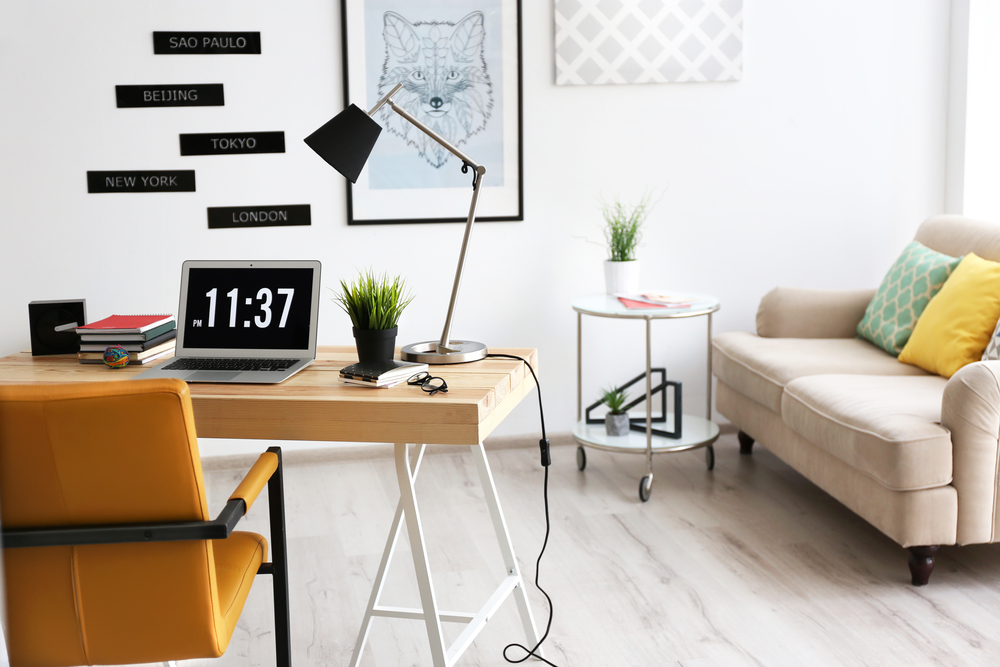
Using a variety of seating options always helps when you get restless. Sometimes changing positions is all you need to get the job done! A comfortable office chair is a must, but you could also consider adding a couch (if you have the space) or a cozy armchair with a side table and lamp.
4. Declutter and Create a System

In the North American Journal of Psychology, researchers say “indecision and behavioral procrastination [are] related…to high degrees of office clutter.” Visual clutter is stressful, and it often leads to poor work performance.
Everything in your workspace should have a purpose and a place to live. Toss out the things you don’t need, and make homes for the things you do. Once you have a system down, you’ll be able to move more quickly from one task to the next. No more searching for a working pen when you need it.
Hide those cords, get bins or a filing system to keep your loose papers in, and make sure you have adequate storage. Built-ins or a bookshelf go a long way in creating a solution.
5. Accessorize

Don’t be afraid to play around with accessories you find or have hanging around. Books, wall hangings that inspire you, and even functional accessories like pencil cups can give your space a more lived-in feel without being cluttered or uninviting. Adding plants also will breathe life into an office that may be lacking. Try different pairings and get creative!
Office update: check! Now your Frozen-obsessed toddler can sing “Let it Go” behind your closed (and locked) office door while you get the job done. For more help with your design needs, contact Hobrecht Lighting or visit our showroom! We’d be happy to assist and give you more tips like these.



